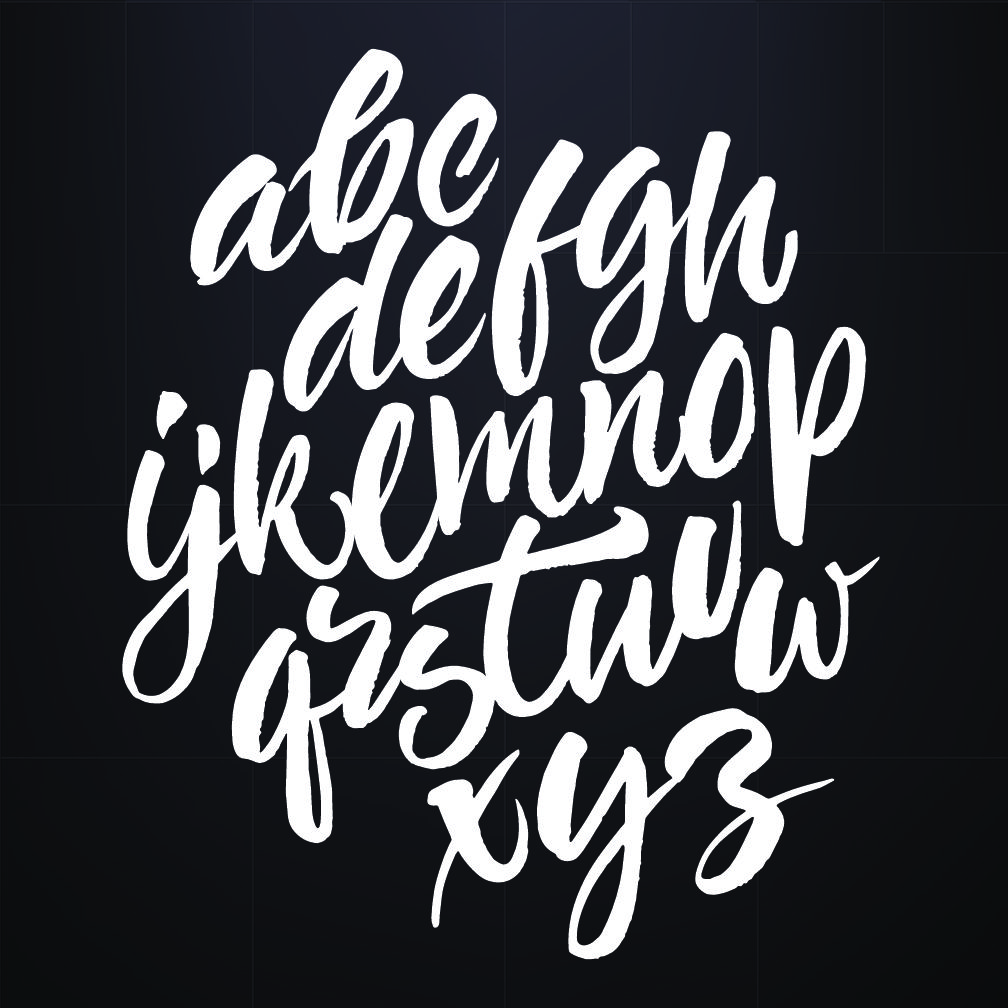What to consider before choosing a font
One of the largest false impressions amongst marketing professionals pertaining to print advertising is that fonts that look fantastic online will certainly convert cleanly to print. Regrettably, that isn’t the situation.
Differences exist between digital-optimized font styles and print fonts that can toss off your messaging and also make your print look less than professional. Knowing the distinctions in between various kinds of font styles used online and those for print can aid a marketing expert job better with developers to get fantastic outcomes.
There are 2 sorts of digital typefaces marketing experts will come across: Web font styles and desktop computer typefaces.
Web font styles are created to post directly into your CSS online. Modern digital typeface is made to tackle eye tiredness as well as make text easier to review (regardless of broad variants in display sizes).
Internet font developers usually make modifications to essential kind functions like font weight, proportion, decorations, spacing, and also form to earn them a lot more appealing both on laptops, smart devices, and also tablet computers.
On the other hand, those modifications are what make Web typefaces unsuited for the print environment. Internet fonts fundamentally just weren’t designed to cleanly convert to publish and often typically aren’t accredited for print anyhow.
Desktop computer font styles are designed to be utilized with desktop computer programs such as MS Word as well as Adobe Photoshop and also are optimized for print. Those fonts are not maximized for Internet usage, though most of the times, downloadable typeface packages will certainly consist of a Web-ready font style along with your desktop computer font style.
Producing layout mayhem
Researches show that the proper application of typography not just straight influences the mood of your viewers, it could aid drive conversions. Badly picked (or terribly optimized) font styles have exactly the other effect.
If you attempt to use the wrong typeface kind on a medium it was not developed for, not knowing the differences in between Web fonts and also desktop fonts can develop style havoc.
Lots of Web font styles are custom-made constructed for specific sites to take complete benefit of the style prospective unique to electronic interfaces. Nonetheless, some Web font sets do not include a matching desktop-use typeface. When you convert your Web appearance to print advertising materials, that can offer an issue.
Furthermore, several online marketers who are not aware of distinctions will utilize them interchangeably.
The majority of Web typefaces today aren’t enhanced for the printed web page. Using Web-optimized font styles to your printed matter without changes will likely create the same off-putting aesthetic impact.
Top qualities that identify highly readable display typefaces online are the same as those that make it vary from its print relatives. Sitepoint listings four fundamental elements that make up a great Web font style:
Reduced weight contrast, easy strokes, consistent font weight
Taller X-height
Bigger letters and more spacing
Bigger punch width
The value of licensing
Before we go any kind of even more, we need to deal with licensing.
Licensing is a large worry for developers when they transfer styles from one medium to an additional. Recognizing which fonts are accredited for each and every function prevents miscommunication in between marketing experts and the design team.
Most desktop computer font styles come equipped with an EULA licensing agreement that does not transfer to online and also electronic usages.
Moreover, many Web fonts are licensed clearly for Web use, as well as they aren’t lawfully available for print usage. So also if your Web font style transfers cleanly to your printed materials, you might be stealing the developer’s job using it on a various medium without permission.
In most cases, style programs themselves will certainly safeguard versus licensing violations by making Web font styles hard to reach.
Likewise, some font styles are licensed for individual and innovative use, yet not industrial purposes. Bringing your favored font kit from house for a service style might not be permitted, so always double-check licensing contracts prior to you shift Web typeface to print.
Also when using a desktop font package, the distinctions in between your display and also the published page might need some modifications.
Thankfully, comprehending the typical font errors marketers make when creating online media idea you right into the mistakes that will certainly inhibit successful conversion to print.
Here’s a list of exactly what to watch out for when you use your Web visibility to the published web page.
Weight/thickness
Digital interfaces could make thinner fonts rinse and go away if their weights typically aren’t adapted to be thicker. This principle puts on stylized serif fonts that differ in density as well.
Enhancing for the Web usually entails some leveling from the weight difference between the thick as well as narrow elements in the text, so none disappears right into the background.
Contrasting
When transforming just what’s on your display to the printed page, contrasting could make a large difference. Ink and pixels are not the very same, and also lighter weight text could rinse versus a dark background.
Size
Web fonts have bigger counters and also a taller X-height, so they take up more space.
Utilizing a Web-optimized typeface on print may result in bigger lettering that will call for greater than a simple size modification. That ends up being particularly essential if your Web font is bolder. Since of your Web font style’s heavier weight, shrinking it could lead to a congested look that, at smaller dimensions, ends up being illegible.
In addition, font styles that are also thin can be unreadable as they obtain smaller as well. Layers Magazine notes that “all kind programs fail to settings for creating full-sized text. When you start setting smaller kind compared to this, whether it’s for explanations, contracts, legal notifications, or the front and also back issue of books, you have to make changes.”
Kerning
Kerning describes the positioning of letters in relation to the other letters next to them.
Correctly kerned letters will differ in range relying on their geometry: density, ascenders, descenders, as well as extra.
Improving the kerning on logos as well as call to action components can offer a various impression about your brand name and aid own conversions, according to Neil Patel at Crazy Egg.
Internet font styles have the tendency to be kerned a lot more commonly compared to print typography to boost readability, help support bigger X-height, and offer heavier strokes without looking crowded.
Several design programs have automated kerning attributes that enhance intra-letter spacing, however if you want it to look right, you will certainly wish to seek advice from the sharpest kerning tool: the human eye.
Leading
Appropriate leading enhances room on the web page while assisting motivate appropriate reading flow for the eye.
Web-optimized fonts are spaced bigger compared to print fonts; longer lines of text on a digital display require that for legibility. Default on Internet browsers is typically 1.2, yet experts recommend 1.4 to 1.6 for better clarity.
When moved to publish, this interline spacing could look large, creating unpleasant text gaps and leading to a modification in the total impact of the advertisement and also a waste of useful ad space.
Alias/anti-alias
Anti-aliased typefaces are Web typefaces that showcase softened bordering to offer them a more rounded look. Doing so creates the feeling of published font online but could additionally make letters much more tough to review at smaller sizes or with enhanced daring.
Moving anti-aliased font straight to print could result in lettering that prints without ample intensity and looks blurred, also on high-quality printers.






